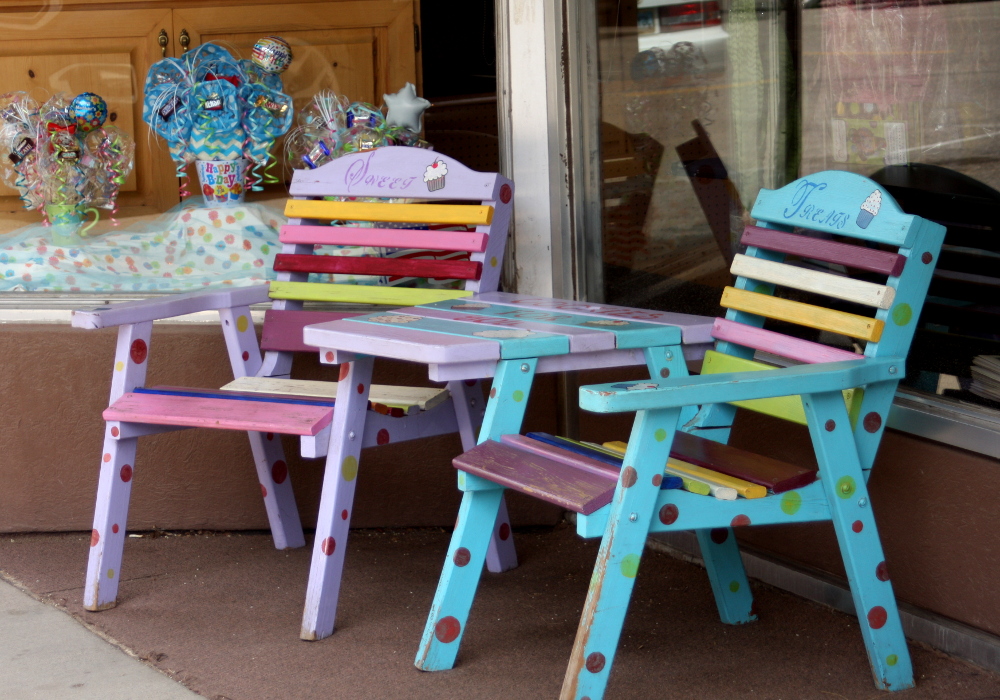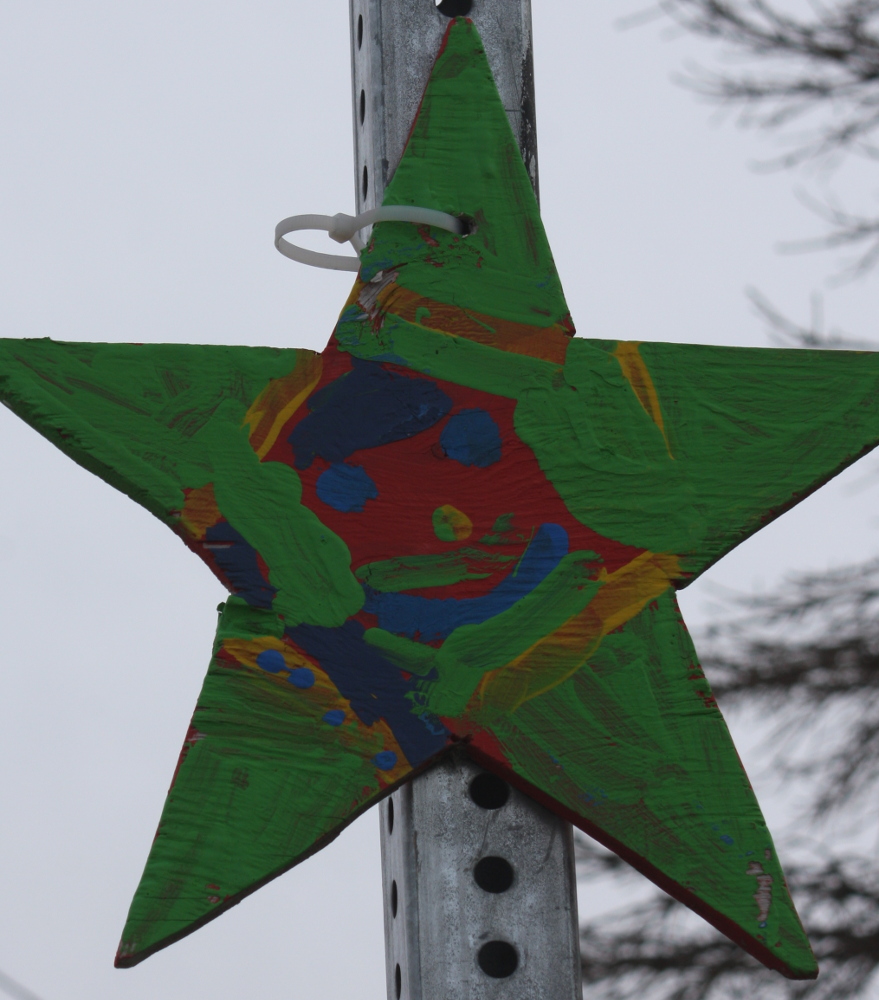
Our bus arrived too early in the morning. So early it still felt like the middle of the night to most people, both to the passengers staying on the bus and the lovely souls picking up those of us getting off. An overnight bus is never the most comfortable way to travel, but it does its job.
My friend Tara is a most generous soul, arriving in the dark of morning and loading up her car with more suitcases than a luggage factory contains. Then the three of us also had to pile in her car. Oops — let us try that again. Finally, we all squeezed in around the souvenirs, clothes, postcards, computers, and sundries that we brought from Japan, picked up in Seattle, or were given in Montana.
After two weeks in Seattle and two weeks in Montana, a mere weekend in Minot seemed too short. After three years in Japan, though, a whole weekend with my friend was heavenly. Talking, laughing, catching up. And seeing Minot. I had never been there before.

In the middle of Minot, along a well-travelled thoroughfare, a wooden roof pokes through the trees. Curious, and always looking for a new adventure, we pulled into what I learned is the Scandinavian Heritage Park. A replica of the famous Gol Stave Church in Norway (is it famous? I had never heard of it before) sits next to authentic Noreigian buildings shipped over for this outdoor museum, including a 250-year old house and a farmer's storehouse. The Finnish sauna was built in 1997 for the FinnFest USA. FinnFest? Apparently, an annual event hopping around the country to spread the news of Finns everywhere.
Sprinkled around these buildings are statues of famous Scandinavians. There's Leif Erikssen … Hans Christian Andersen … Casper Oimoen — wait. Who?
A long-time resident of Minot, Casper Oimoen was born in Norway and a member of the 1932 U.S. Olympic team as “… the best skier in the United States and because of his outstanding performances this season has been ranked number one on the team and the honor of being team captain.”
All right. At least he has connections to Minot.
I did enjoy looking at all the buildings, but they are closed on weekends. And in the winter. Authentic history has no indoor heating, and no one wants to brave an authentic winter in the hopes a tourist or two might show up.
Even the tourist information building, which is open through the winter, is only open on weekdays. Staffed only by volunteers, the opening hours are convenient for those who work them. Sigh. I really would have liked to go in the church.

Reviving city centres, or downtowns as we say on this side of the pond, seems to be the fad these days. Once abandoned in the outward creeping of cities in favour of its indoor cousin the shopping mall, city centres are now finding themselves once more in the limelight. Minot is no different. The old buildings are filled with new shops selling books, cookie bouquets, paint-you-own pottery, wine tastings, and clothing too expensive for a small town in the middle of North Dakota.
It is cute and trendy. I liked the bookstore.

After that, a walk through the leftovers of the 2011 flood was a serious contrast from the cute shops of downtown. Many houses are still abandoned, waiting for someone to tear them down. Many houses are already torn down, property of the city after no one came back to them after the flood. The high water line visible on the houses marked the line of destruction, the line under which nothing survived. Just across the street, houses had shorter lines. Their property merely a foot higher. Merely inches far enough away. On one side, desolation. On the other, cleaning up and getting on with life. All of this happening four years later. Once the water goes down, outside interest is lost, but the people who live there must carry on. Must still live and work and pick up the pieces.
I found a wooden star hanging on a street sign: Cute, child-like, full of hope and happiness. It hangs next to the Souris River, among the abandoned property and condemned houses. It hangs there, as if to say, “We are not defeated. We still have hope.” And it made me smile.